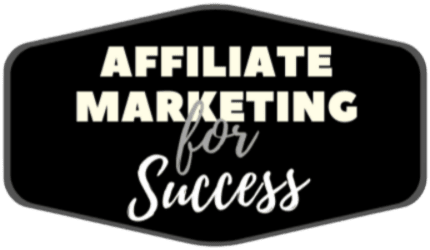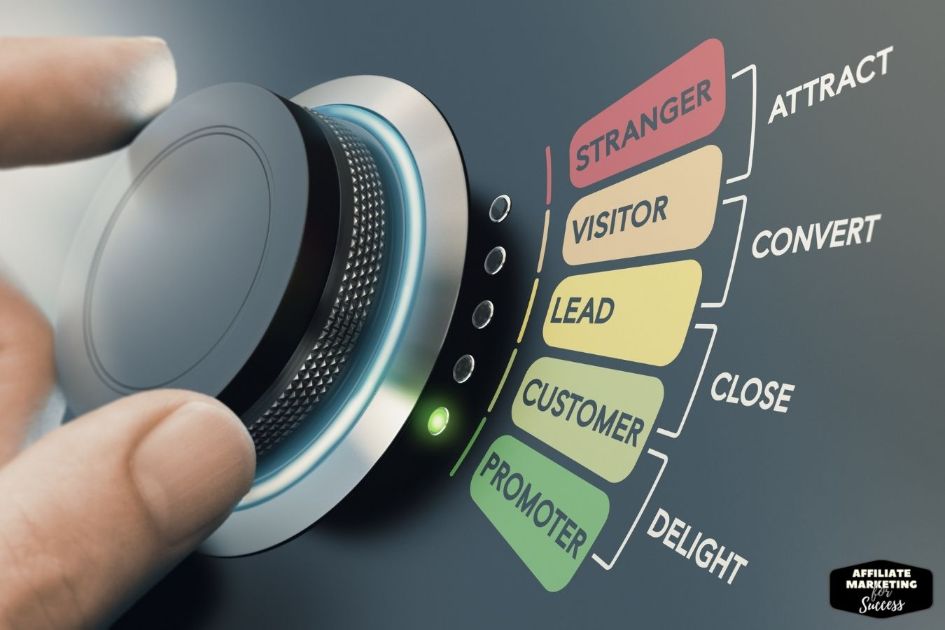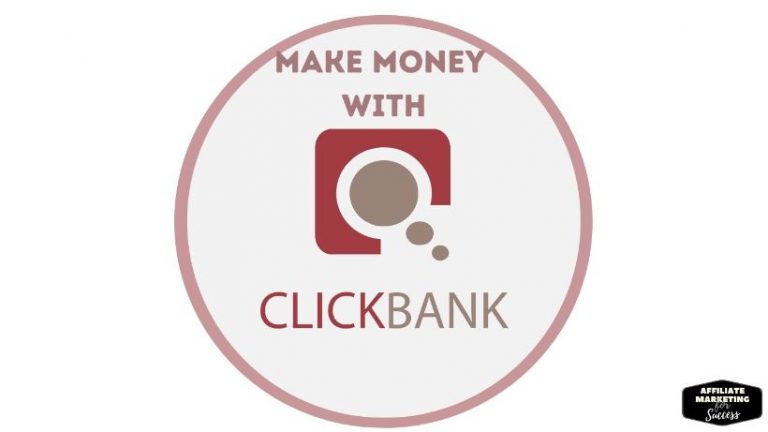Sales Funnel Optimization: 7 Proven Tactics for 2025
Are you ready to take your sales funnel to the next level? In today’s competitive digital landscape, optimizing your sales funnel is crucial for maximizing revenue and driving business growth.
This comprehensive guide will walk you through proven strategies to enhance every stage of your funnel, from attracting leads to converting customers and fostering loyalty.
Understanding the Sales Funnel
Before diving into optimization techniques, let’s review the core components of a sales funnel:
- Awareness: Introducing potential customers to your brand
- Interest: Engaging prospects and piquing their curiosity
- Decision: Guiding leads towards making a purchase
- Action: Converting prospects into paying customers
Learn more about the basics of sales funnels
The Power of Optimization
Investing in funnel optimization can yield impressive results. According to HubSpot, companies see a staggering 400% increase in leads for every dollar spent on optimizing their sales funnels. This statistic underscores the immense potential of a well-crafted funnel strategy.
7 Game-Changing Funnel Optimization Tips
- Identify Your Audience: Develop detailed buyer personas to target your ideal customers effectively.
- Offer Irresistible Lead Magnets: Create valuable, free content to capture leads and build your email list.
- Personalize Messaging: Tailor your communication to address specific pain points and interests.
- Streamline Checkout: Minimize friction in the purchase process to reduce cart abandonment.
- Implement Retargeting: Re-engage abandoned carts with strategic reminders and incentives.
- Optimize for Mobile: Ensure a seamless experience across all devices to boost conversions.
- Analyze and Refine: Continuously monitor performance metrics and make data-driven improvements.
Discover more advanced affiliate marketing techniques
Leveraging Content Marketing for Funnel Optimization
Content marketing plays a pivotal role in guiding prospects through your sales funnel. Here’s how to align your content strategy with each funnel stage:
Awareness Stage
- Blog posts
- Social media content
- SEO-optimized landing pages
- Infographics
Pro Tip: Focus on addressing common pain points and providing valuable information to attract your target audience.
Interest Stage

- Ebooks
- Webinars
- Product demos
- Comparison guides
Pro Tip: Highlight your unique selling propositions and showcase how your solution solves specific problems.
Decision Stage
- Case studies
- Testimonials
- Free trials
- ROI calculators
Pro Tip: Provide social proof and concrete evidence of your product’s value to build trust and credibility.
Action Stage
- Limited-time offers
- Free shipping promotions
- Loyalty programs
- Exceptional customer support
Pro Tip: Create a sense of urgency and offer incentives to encourage immediate action.
Learn how to create high-converting content for each funnel stage
Measuring and Improving Funnel Performance
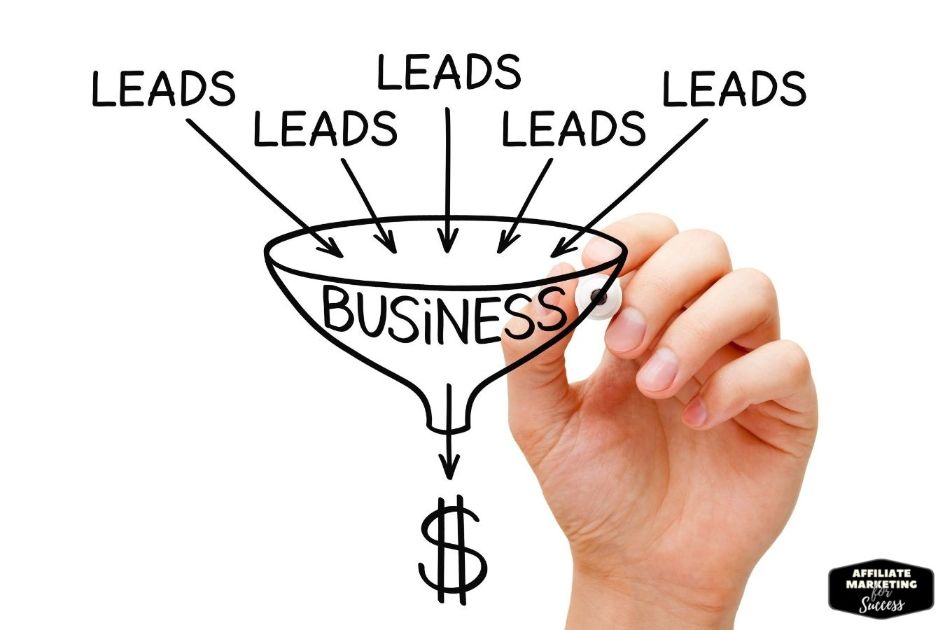
To optimize effectively, you need to track key metrics throughout your funnel:
- Traffic: Monitor the number of visitors entering your funnel and identify top-performing traffic sources.
- Lead Generation: Measure the quantity and quality of leads captured at each stage.
- Conversion Rates: Calculate the percentage of prospects moving through each funnel stage.
- Customer Lifetime Value (CLTV): Determine the long-term value of acquired customers.
Use tools like Google Analytics, Google Tag Manager, and dedicated funnel tracking software to gather and analyze this data.
Explore essential tools for optimizing your funnel
SEO Optimization for Maximum Funnel Impact
Incorporating SEO best practices can significantly boost your funnel’s effectiveness:
- Keyword Research: Target relevant, high-intent keywords for each funnel stage.
- On-Page Optimization: Optimize meta tags, headers, and content for target keywords.
- Technical SEO: Ensure fast loading times, mobile-friendliness, and proper site structure.
- Link Building: Acquire high-quality backlinks to boost domain authority and organic rankings.
Master SEO fundamentals with our comprehensive guide
Real-World Examples of Optimized Sales Funnels
Let’s examine successful funnel strategies across various industries:
- SaaS: Slack
- Engaging onboarding flow
- Gradual feature introduction
- Freemium model to encourage adoption
- E-commerce: Yeti Coolers
- Content-driven awareness stage
- User-generated content for social proof
- Strategic retargeting campaigns
- Lead Generation: Unbounce
- Valuable free resources
- Gated content for lead capture
- Webinars and case studies for decision stage
- B2B Manufacturing: ROAR
- Technical content to establish expertise
- ROI calculators for decision-making
- Personalized demos and consultations
These examples demonstrate the versatility of funnel optimization across different business models and target audiences.
Video Resources for Further Learning
To deepen your understanding of sales funnel optimization, check out these informative YouTube video:
Frequently Asked Questions
Q: What’s the most critical sales funnel metric to track?
A: Conversion rate at each stage is crucial, as it directly measures funnel effectiveness.
Q: How often should I analyze my funnel performance?
A: Conduct weekly checks for quick adjustments and monthly in-depth analyses for broader trends.
Q: What’s the first step in optimizing a sales funnel?
A: Start by identifying your primary optimization goal, such as increasing leads or boosting conversions.
Q: How can I gather data on my funnel performance?
A: Utilize tools like Google Analytics, funnel tracking software, and CRM systems to collect relevant metrics.
Q: What types of content work best for the decision stage?
A: Case studies, testimonials, comparison guides, and ROI calculators are highly effective for decision-stage prospects.
Conclusion: Your Path to Funnel Success
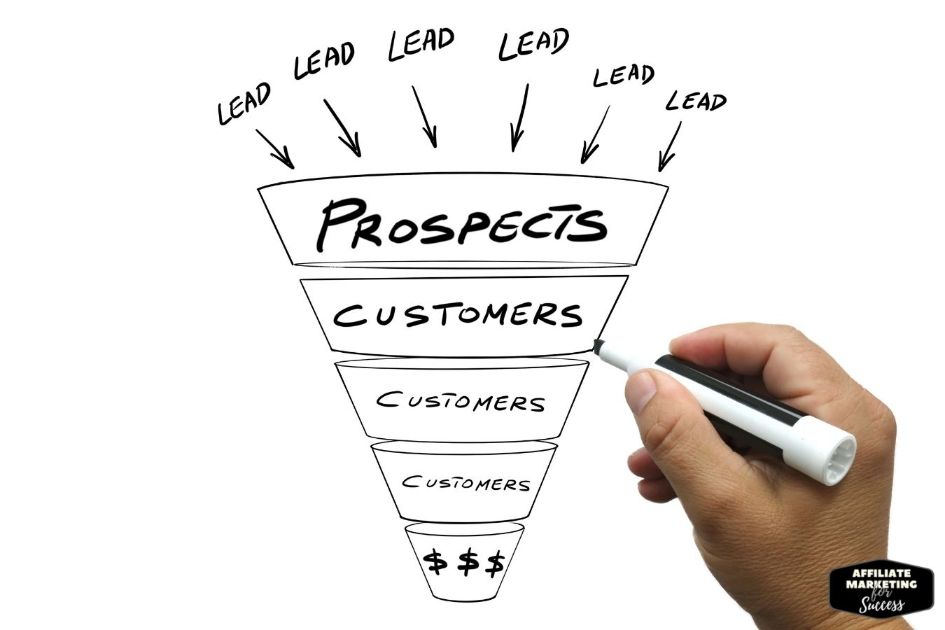
Optimizing your sales funnel is an ongoing process that requires dedication, analysis, and continuous refinement. By implementing the strategies outlined in this guide, you’ll be well-equipped to:
- Attract more high-quality leads
- Nurture prospects effectively
- Increase conversion rates
- Maximize customer lifetime value
Remember to align your content marketing efforts with each funnel stage, leverage SEO best practices, and consistently analyze performance metrics to drive ongoing improvements.
By following these proven techniques and staying committed to optimization, you’ll be well on your way to creating a high-performing sales funnel that drives sustainable growth for your business in 2024 and beyond.
I’m Alexios Papaioannou, an experienced affiliate marketer and content creator. With a decade of expertise, I excel in crafting engaging blog posts to boost your brand. My love for running fuels my creativity. Let’s create exceptional content together!
